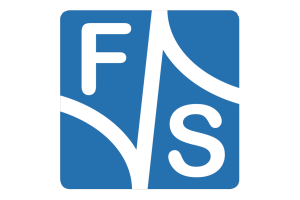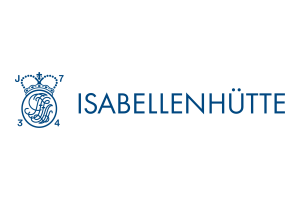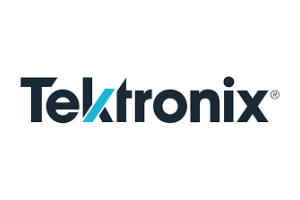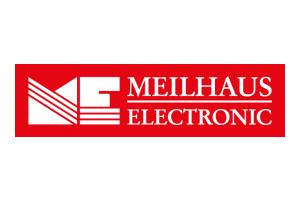Khronos and EMVA
New Camera API Working Group Established
The Khronos Group, an open consortium of companies creating interoperability standards together with the EMVA, announces the formation of a new Khronos Working Group to develop an open, royalty-free API standard for controlling camera system runtimes in many applications.
The new API standard targets the embedded, mobile, industrial, XR, automotive, and scientific markets. Over 70 companies participated in an European Machine Vision Association (EMVA) / Khronos-hosted Exploratory Group during 2021 to develop a Scope of Work document that will guide the direction of the API design. Design work is expected to start in February 2022, and any organization is invited to join Khronos to participate.
Cameras are increasingly critical in diverse markets, motivating the development of increasingly sophisticated optical systems, image sensors, and vision processors often utilizing machine learning technology. However, the lack of interoperable camera API standards increases application development time and maintenance costs while reducing portability and opportunity for code reuse, resulting in unnecessarily high integration costs for camera technologies.
“The Embedded Camera API Exploratory Group followed the Khronos New Initiative Process with invaluable cooperation from the EMVA. Over seventy companies worked together from March to December 2021 to forge strong industry consensus on the need, terminology, scope, requirements, and design methodology for a new open standard camera system API,” said Neil Trevett, Khronos president. “Now, we warmly invite any interested companies, vendors, and developers to bring their voice and their expertise to the design phase of this important work.”
The Camera API will be designed to provide applications, libraries and frameworks low-level, explicit control over camera runtimes, with a low-level of abstraction that still provides application portability over a wide variety of camera systems with effective, performant control to generate streams of data for consumption by downstream applications and clients.
“The close and productive collaboration between the EMVA and Khronos has been very effective in enabling a broader industry participation and diversity of perspectives at the Embedded Camera Exploratory Group than either organization could have achieved working alone,” said Chris Yates, EMVA president. “EMVA will continue to work closely with Khronos under our new liaison agreement to ensure that the interests of both the EMVA membership and the wider industry are represented at the new Camera API Working Group.”
The Camera API Working Group will start meetings in February 2022 and is expected to be of particular interest to sensor or camera manufacturers, silicon vendors, and software developers working on vision and sensor processing. Any organization is welcome to join Khronos and participate in this global initiative under the consortium’s multi-company governance process.
Industry Support for the Camera API Working Group
Over 70 companies and organizations participated in the Camera Exploratory group, and the following companies support establishing the Camera API Working Group: Adimec, Almalence, Analog Devices, Basler, Baumer Optronic, Cadence Design Systems, Collabora, Digica, Digital Air Technologies, Euresys, EMVA, Flir Integrated Imaging Solutions, Google, Groget, Holochip Corporation, Ideas on Board, LunarG, Matrix Vision, MM Solutions, MVTec Software, Nvidia, Perey Research & Consulting, Pleora Technologies, Raspberry Pi Ltd, Rupert Stelz, Stemmer Imaging, Texas Instruments, VeriSilicon, and Vision Components.







